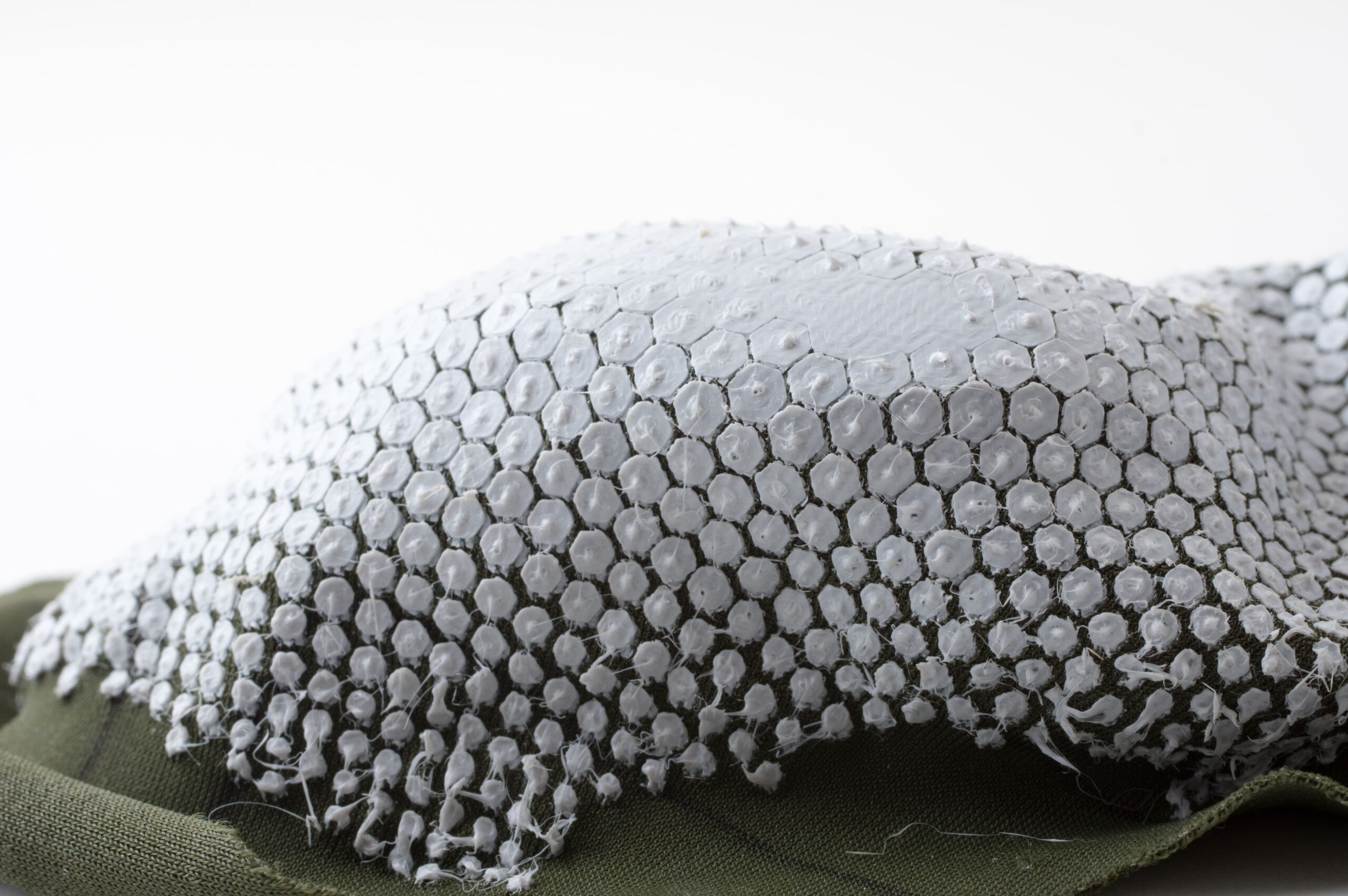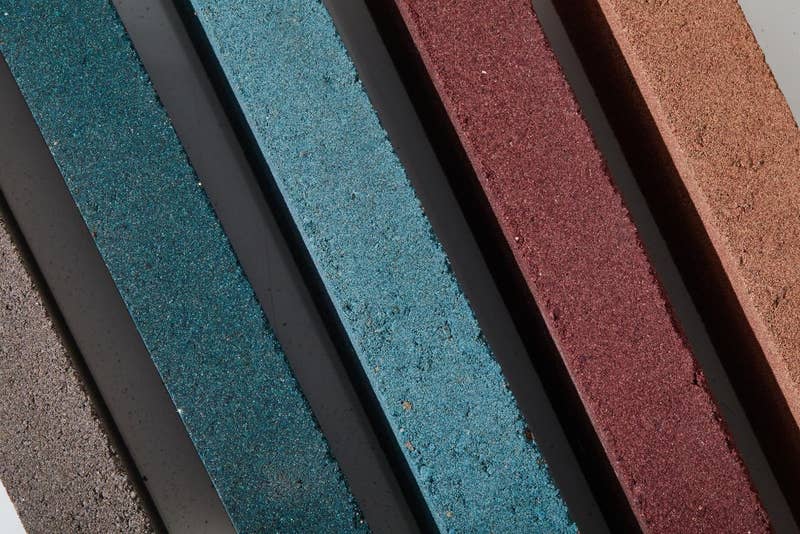
Trend 2024: Moving Towards Carbon Neutrality
2024 marks a significant acceleration in materials-related innovations, with a clear emphasis on environmental impact and the transition to low-carbon production. To meet the ambitious carbon neutrality goals set for 2050, the industry is exploring new frontiers through advanced production processes and innovative materials. This approach encompasses a range of strategies, from low-impact production processes and the use of bio-based raw materials that reduce dependence on fossil fuels, to materials with a negative carbon footprint, and the use of recycled materials that support the circular economy and minimize the exploitation of virgin resources.
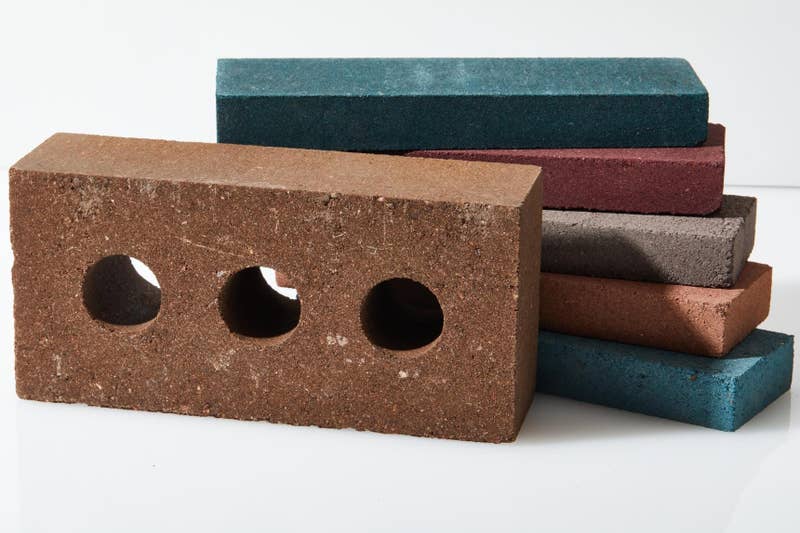
An example of reducing the carbon footprint through the use of low-impact raw materials is showcased by these low-emission bricks. Composed of over 90% recycled construction and demolition waste, combined with gypsum, recycled pigments, and a patented binder, they provide a sustainable alternative. The manufacturing process eliminates high-temperature firing and avoids virgin cement, cutting emissions to just 1 kg of CO₂ per square meter, compared to 27.3 kg for conventional bricks.
The company champions the circular economy by establishing local factories that utilize regional waste, supporting a short supply chain. These bricks are available in 13 standard colors derived from recycled pigments, with customization options to meet specific requirements. Variants include perforated, solid, and custom-made versions, catering to a range of applications such as interior design, exterior design, commercial architecture, and construction. Moreover, the bricks are fully recyclable.
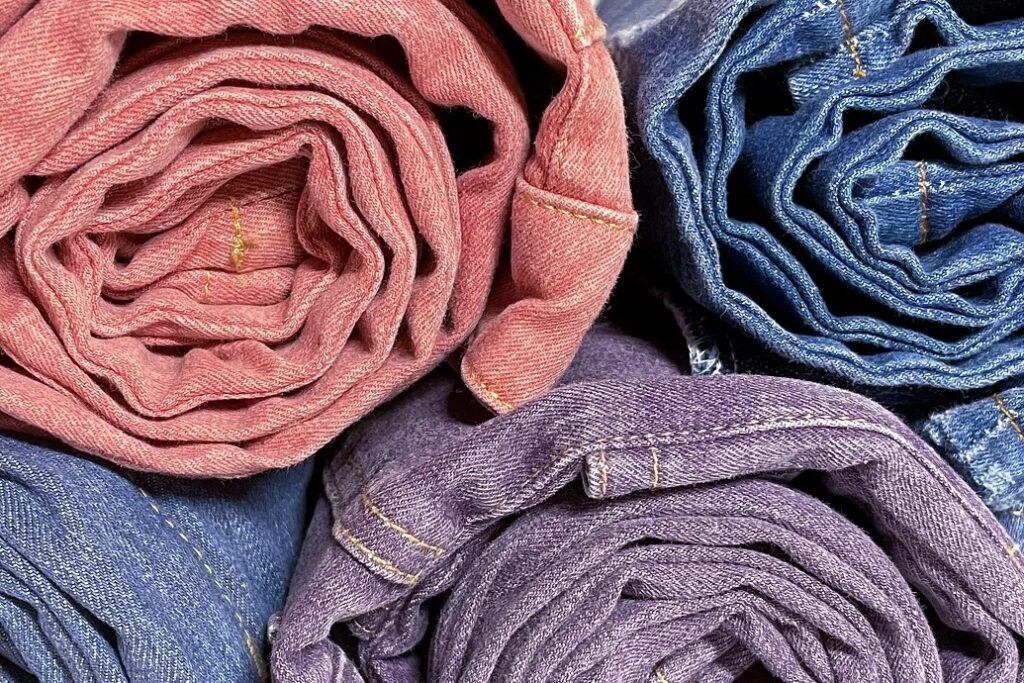
Another strategy for reducing the carbon footprint is the use of optimized production processes, such as this continuous yarn dyeing method designed to significantly reduce water consumption. The process directly injects pigments and binders into the yarn’s fiber bundle, eliminating complex steps and enhancing both sustainability and efficiency.
The machine does not require a wastewater treatment system or a steam generation unit, which significantly reduces energy, water, and space consumption in the yarn dyeing process. According to the data, yarns and fabrics dyed with this method have a carbon footprint of only 29.50 kg CO₂e/kg of colored yarn—73% less than traditional reactive dyeing, which emits 109.70 kg CO₂e/kg. Additionally, it uses just 0.95 liters of water per kg of yarn, a 99% reduction compared to the 94.92 liters per kg required in traditional dyeing. This innovation is specifically designed for the clothing industry.
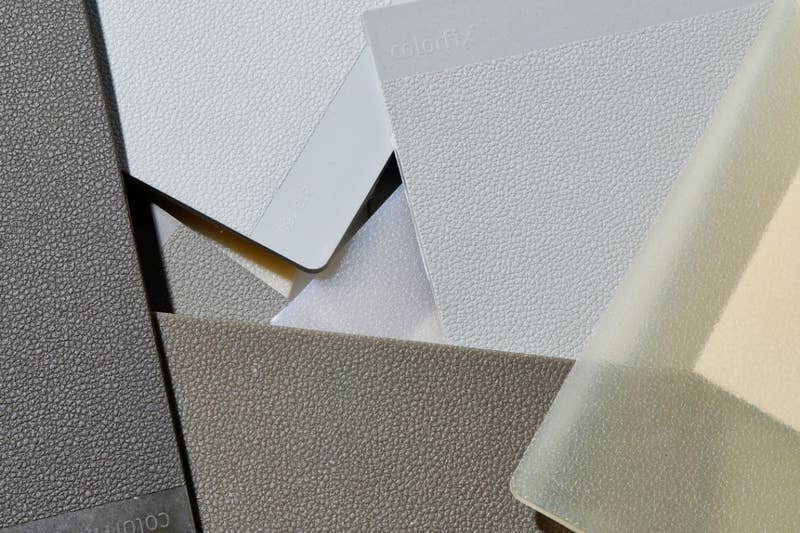
The development of innovative materials and processes aimed at reducing CO₂ emissions is part of a growing trend toward greater transparency in environmental data. More and more companies are committing to accurately measuring their carbon footprint and adopting concrete solutions that meet verifiable and measurable criteria, thus helping to counteract the risk of greenwashing associated with vague and unsupported claims.
In this context, a range of polymeric materials has been developed with a strong focus on the traceability of greenhouse gas emissions. The goal is to provide brands with tools that allow for easy comparison of the sustainability and performance of each variant within a collection. This initiative represents a key strategy for minimizing environmental impact, incorporating a thorough analysis of the carbon footprint from the design phase. Such an approach not only encourages the reduction of emissions in production processes but also ensures greater awareness and transparency throughout the entire value chain.
Are you a material manufacturer and do you want to talk about your concrete commitment to sustainability? Take part in The Scale of Commitment, the event that Materially will present at Milan Design Week 2025. Contact us and find out how.

